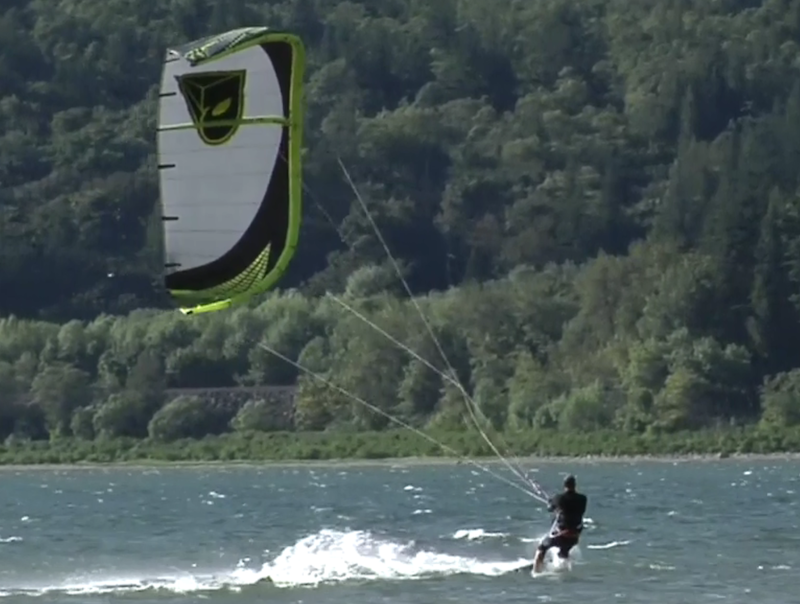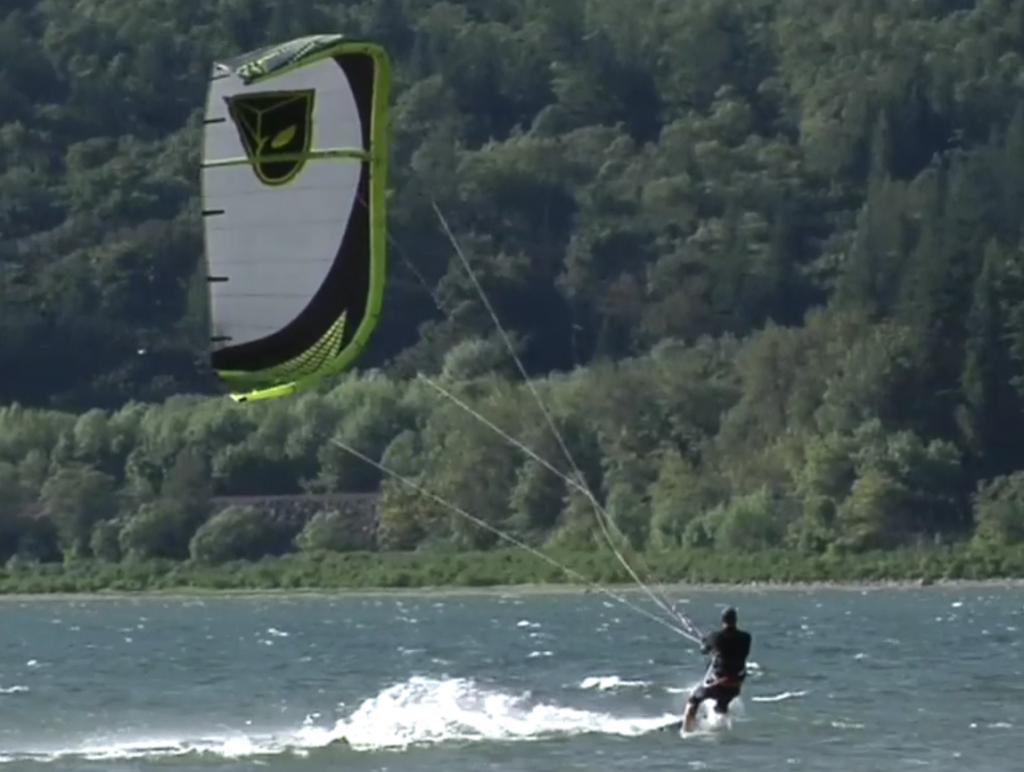

So we’ve been experimenting with using short lines here at Tantrum Kitesurf and I wanted to take a minute to tell you the results.
After coming back from her Instructor Training Course last year, Maria, one of our instructors started raving about using short lines, explaining how it made everything so much easier and safer. Always on the look out for ways to make things easier for clients (and indirectly ourselves!) I thought we’d better investigate.
We started by simply cutting some of the lines we had. We put a cut at 15m which meant we had one section of line that was 10m long and one section that was 15m long (they were 25m lines originally). We started using these lines in various lessons and monitored the results very closely.
The first thing we noticed was the effect the line length had on the actual piloting of the kite, the kites flew a lot faster on shorter lines and responded much quicker to any input from the bar. This had the effect of making the kite a little more twitchy but meant that due to the increased leverage in the bar the kite re launched almost by itself.
The potential power in the kite was also reduced by a huge amount, so much so that you could confidently leave a pair of students alone while you looked after another pair without worrying that any thing untoward was going to happen, because there simply wasn’t enough power available in the kite to cause problems. Even a 4m kite on 25m lines in light winds will pull if flown hard across the window.
That said the kite still flew great, and there was the added advantage that in the gusty winds we can get in Tarifa we could put up a larger kite on shorter lines, which sailed through the gusts with ease, and still posed no danger to students. Again to compare this to our old 4m kites on long lines, they suffered from the problem that as soon as there was a lull in the wind the kite fell out of the sky.
The lack of power and high level of control in the kite meant that we were effectively handing new students a toy, which they could play with without fear. Even the fact that the kite responded much faster to steering was more than counteracted by the lack of power. Students would happily zip the kite back and forth bouncing it off the beach until they got the hang of it, which they would within minutes as they weren’t terrified of being launched down the beach. It also helped to make our kites last a bit longer!
We’ve often found that the biggest hurdle to getting people to take real control of the kite is to get them to relax. While people are tense it is almost impossible to really feel the feedback you’re getting through the bar, as your death grip tends to override the more subtle signals from the kite. Once students relax, flying the kite becomes almost second nature. Where as before one false move with 25m lines could have students on edge and nervous for days afterwards, even the most catastrophic piloting failure on short lines only leads to a few whoops of joy! The results were instantaneous, especially amongst people who were a bit more nervours. They mastered the basics often within minutes, even in winds that before would have been considered borderline unteachable.
Once in the water we kept up the short line idea to see if would continue to produce results…in short it did. One big advantage of short lines is that as there is less line, combined with the almost automatic re launch, it becomes much more difficult to tangle the lines. Once in the water the amount of time this saves is breath taking. On full length lines, due to line tangles and difficulties relaunching we were averaging around 6 -7 full runs per person per day. On shorter lines this increased to around 20 – 30 runs per person. You can imagine the effect that all this extra time spent on the kite actually practicing the fundementals had on our students ability.
It quickly became obvious to me that people really do not need any power in the kite until they are attampting to ride, and it makes everyones lives much easier if the student is underpowered with a kite that can’t do any real damage, which relaunches easier and rarely gets tangled in any meaningful way until they are doing absolutely everything right. At that point you can hand them full length lines and they actually find it easier to fly as everything seems to happen in slow motion. They start to ride painlessly and rarely suffer the indignity of being sent over the top of the board and slamming the kite in to the sea as they have all the fundementals absolutely nailed. This frees their mind up to concentrate on the task in hand, getting up and going on the board.
We now have bars with 5m lines, 10m lines 15m lines and 20m lines. The reason we bought seperate bars is that we found that using line extensions eats up time if you need to change the line length…time that students are paying for. We also found they make any tangles worse as the lines get caught on the line sleeves of the extensions which makes everything 10 times worse. We took the plunge and bought seperate bars.
I can honestly say that our students learning time has been reduced by days, many more people finish the course fully confident to take themselves out when they get home and everyone leaves with MUCH better kite skills.
Going back to longer lines is something I will definitely not be doing in a hurry!
Hello
I am a beginner and like what you have proposed.
I have ZERO gears and looking to buy “used good one”
do i have to buy 2 sets of lines, so one is short for practice and the second one the standard one.
Regards
Rony
No You can just use your normal set of lines and double them up. Have a look on my YouTube Channel for a video on how to do this
Hi from Brazil!
But with the shortened lines (10m), does the kite still pull with enough energy to ride?
I am a medium-advanced rider, and a bit tired of long-line preparation at the beach. Wondering if shortened lines wouldnt be much easier, compact, but still pulling strong (thats my question). Tks!
For riding I wouldn’t recommend much less than 18m, any shorter than that and the kite just gets too fast and of course as you mention loses power.
Hi – interesting article and I like the sound of the short lines. Where did you get the lines from?
Thanks
Hi Dave…we get them cut down to size at our local kite repair shop…very easy to do